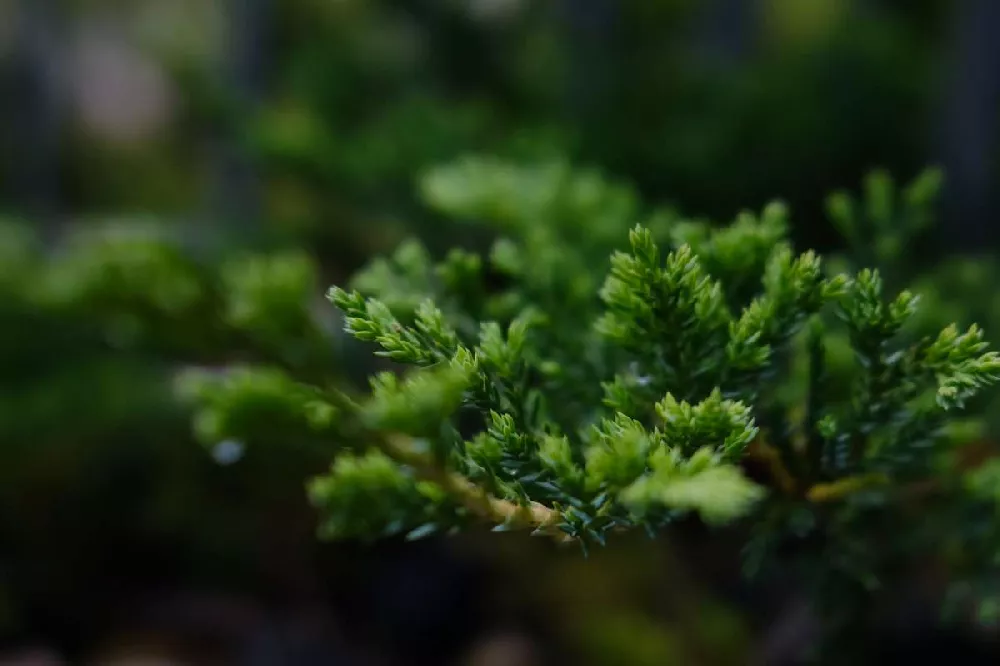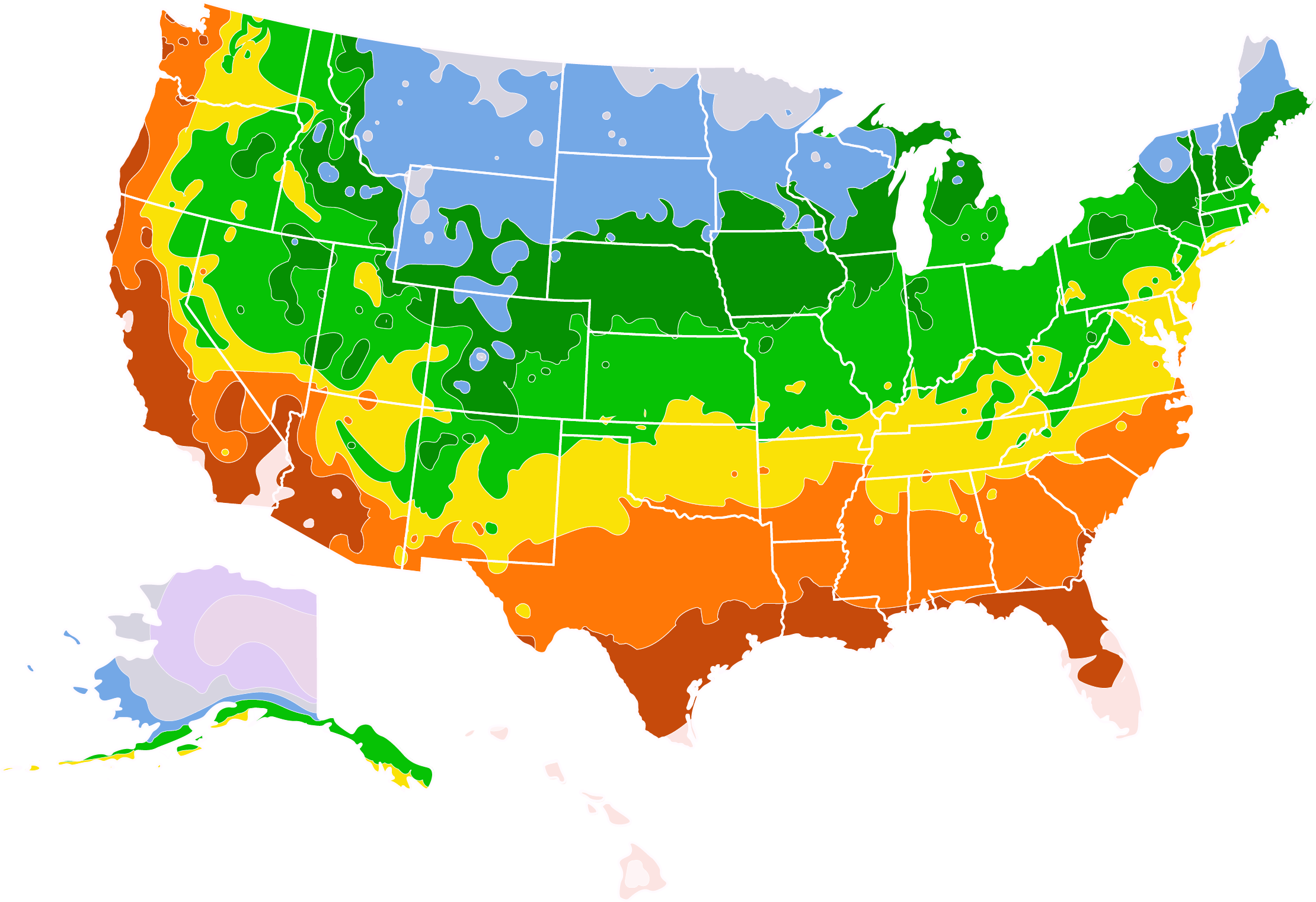- Home >
- Ground Cover Plants >
- Parson’s Juniper
Parson’s Juniper for Sale - Buying & Growing Guide
- Ships in 1-2 days
- 1-Year Warranty Eligible
- Pots or accessories are not included unless specified in the product options.
Shipping Details:
Once your order is shipped, you’ll receive an email with a tracking number and estimated delivery date. Most orders ship immediately, but some items are seasonal and may only ship in spring or fall. These products are noted on the website.
The Parson's Juniper is not only one of the best evergreen groundcover plants that you can use to fill your garden beds, but it is also one of the most adaptable and low-maintenance plants that you can own. This cultivated juniper plant, Juniperus squamata expansa 'Parsonii,' has dense, textured foliage that shows tints of silver and blue throughout the year. It also has a naturally low growth habit and a slow growth rate, making it easy to maintain with minimal pruning.
- The Parson's Juniper can act as a fantastic evergreen groundcover.
- The foliage of this plant is dense and consistent with a bright bluish-green color.
- The Parson's Juniper can adapt to an incredibly wide range of growing conditions.
Plant Care
Sunlight
The Parson's Juniper prefers full sunlight but can survive in partial shade.
Watering
The Parson's Juniper should receive water once per week during establishment and has excellent drought tolerance once mature.
Fertilizing
Feed this plant once per year or less using a well-balanced fertilizer.
Planting and Care
Planting instructions
It is incredibly easy to find a suitable growing location for a Parson’s Juniper. This plant prefers full sunlight but can grow in partial shade as well. It also adapts well to soils that range from moist to extremely dry. It’s important to give this plant several feet of space to allow it to expand horizontally. However, you won’t need to worry about it overtaking your garden as it maintains a slow to moderate growth rate throughout its life.
Watering and nutrients
For the first growing season following planting, you should give your Parson’s Juniper water about once per week. Following establishment, this plant will have fantastic drought tolerance and will not need any supplemental water at all in most cases. The exception to this is during heatwaves and extreme drought, during which time you should give your Parson’s Juniper some water. Feeding a Parson’s Juniper is also a very straightforward task. You can use a balanced fertilizer once per year in early spring. Alternatively, you can bypass fertilization altogether, and your Parson’s Juniper will likely remain healthy.
Pollination
The Parson’s Juniper comes in male and female versions and relies on wind currents to conduct pollen transfer. The male version of this plant has small brown cones that carry and eventually release the pollen. Once the pollen enters the air and reaches the cones of a female plant, the female cones will grow to a berry-like form. While not a true berry, these female cones do have a fleshy texture and carry the plant’s seeds.
Pruning
Typically, you do not need to prune a Parson’s Juniper. These plants are naturally short and spreading, making them already well-suited to act as a ground cover. The Parson’s Juniper is also a slow-growing plant, which means that you won’t need to prune it often to prevent it from spreading and overtaking other plants in your yard, as is common with other, more vigorous groundcovers. With that said, it is always a good idea to remove dead and damaged stems and foliage as needed.
Pests, diseases and animals
Many of the disease problems that you’ll encounter when growing a Parson’s Juniper occurs because your plant has received too much water, either due to excessive rainfall or overwatering. Such scenarios may lead to fungal infections. Pests that may harm this plant include bagworms, webworms, and scale insects. However, overall, the Parson’s Juniper proves to be more resistant to both pests and disease compared to other junipers. Additionally, this plant is also resistant to deer browsing.
Achieving maximum results
One of the most useful ways to use the Parson’s Juniper in your yard is as a form of erosion control. Plant this ground cover on slopes, above retaining walls, and anywhere that the rainfall regularly erodes the soil. The Parson’s Juniper is also a great planting option for areas where other plants have struggled to grow. The adaptability of this plant includes salt tolerance, drought tolerance, and an ability to survive in soils that are dry and relatively nutrient-deficient.
FAQs
How large does the Parson's Juniper grow?
An individual Parson's Juniper plant will grow to be about two to four feet tall and about five to six feet wide. This form makes this plant the perfect ground cover for nearly any location in your garden. However, despite having a small overall size, the Parson's Juniper will take a considerable amount of time to reach that size as it is a plant with a slow to moderate growth rate. As such, if you want to cover an area a bit more quickly using a Parson's Juniper, you should plant more than one.
Does the Parson's Juniper need shaping?
Shaping and pruning, in general, are not all that necessary for a Parson's Juniper. These plants are slow-growing and have a good ground cover. Occasionally, it can help to shape this plant somewhat to neaten it up a bit. To do this, you can remove individual branches or lightly shear the outermost foliage.
Why is my Parson's Juniper turning brown?
There are a few reasons why a juniper's foliage may begin to turn brown. One of the most common reasons for this is salt injury. However, since the Parson's Juniper is quite salt tolerant, salt injury is not likely to cause browning in this plant. If you do find brown foliage on your Parson's Juniper, it is likely because the plant has contracted tip blight, cankers or some other fungal infection.
Compare Similar Products
You can't add more Product Name - Product size to the cart.
OK







